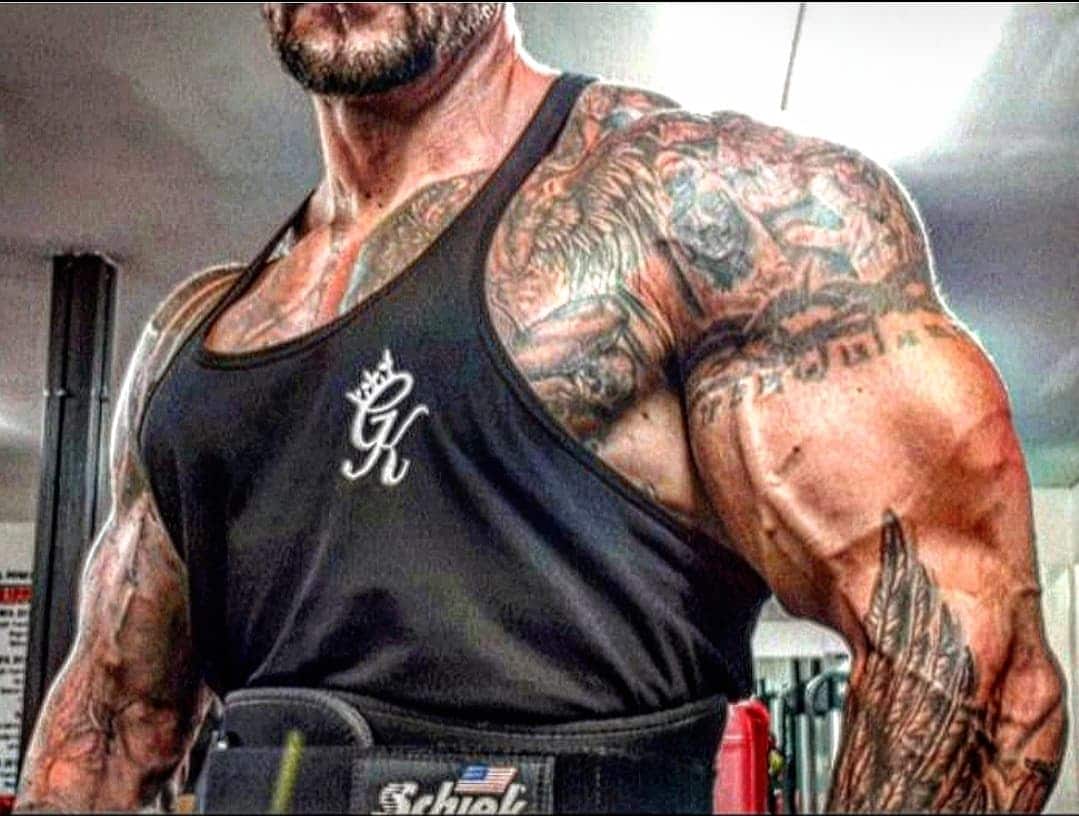Muscle hypertrophy is a key training process for every single athlete and lifter, hypertrophy is a term given for the growth and increase of the size of muscle cells.
We wanted to find out if the principles behind the term were just some passing fitness fad, or real, lab-tested-and-proven physiology?
The most common type of muscular hypertrophy occurs as a result of physical exercise such as weightlifting, and the term is often associated with weight training.
Rest assured then, the hype is real. Hypertrophy is, by definition, the enlargement of an organ or tissue (get your minds out of the gutter) from the increase in size of its cells.
Not to be confused with hyperplasia, the process of increasing the number of cells, hypertrophy is the process of increasing the size of the cells that are already there.
Hypertrophy can be good or bad. Good types of hypertrophy are referred to as physiologic hypertrophy, and bad types of hypertrophy are referred to as pathologic hypertrophy.
Hypertrophy can happen to many different types of cells throughout the body. So, what kinds of situations can cause cells—and, therefore, the organs and tissues that are made up of those cells— to undergo the process of hypertrophy? And, how can we tell if the hypertrophy is physiologic or pathologic?

Three benefits of hypertrophy training, but please note, these are three of the main benefits of hypertrophy training, but not all of them.
At the simplest of levels, hypertrophy training has the ability to increase muscle fiber growth, muscle visible size, and capacities for strength and power output
Increasing muscle growth, blood flow, and foundational physiological outcomes aid in an athlete’s ability to resist injury throughout their training career.
Greater Strength and Power Production Capacities is responsible for increases in muscle fibre growth and strength potential. When taking time out of the year to train for hypertrophy, an athlete can set themselves up for increased training demands as they approach competition/more intensity-driven cycles.
Most athletes and lifters at some point in their development and training will go through a stage of hypertrophy that uses moderate weight and repetition ranges. This is more often a starting point for the beginner and intermediate fitness goer looking for increased muscle growth, size, and increased work capacity.
For most beginners and intermediate lifters, simply doing any style of hypertrophy (moderate to higher rep ranges) will build muscle mass, size, strength, and increased readiness for more advanced training.
Try this rep scheme on core moves like bench press, squat, and deadlift during your workouts to build more muscle and strength.
· Week 1 (Load): 2×10 reps at 60% 1RM
· Week 2 (Load): 3×10 reps at 65% 1RM
· Week 3 (Unload): 3×10 reps at 60% 1 RM
· Week 4 (Load): 3×10 reps at 70% 1 RM
· Week 5 (Load): 3×5 reps at 70% 1 RM
· Week 6 (Load): 3×5 reps at 75% 1 RM
· Week 7 (Unload): 3×5 reps at 70% 1 RM
· Week 8 (Load): 3×5 reps at 80% 1 RM
· Week 9 (Load): 3×3 reps at 70% 1 RM
· Week 10 (Load): 3×3 reps at 75% 1 RM
· Week 11 (Unload): 3×3 reps at 70% 1 RM
· Week 12 (Load): 3×3 reps at 80% 1 RM
By the final week 12, you should be lifting significantly more weight than week 1 due to hypertrophy of the muscles.
